Tungsten Oxide: Opening a New Era of Energy-Saving in Smart Building
- Details
- Category: Tungsten Information
- Published on Saturday, 22 February 2025 11:03
- Written by Xiaoting
- Hits: 387
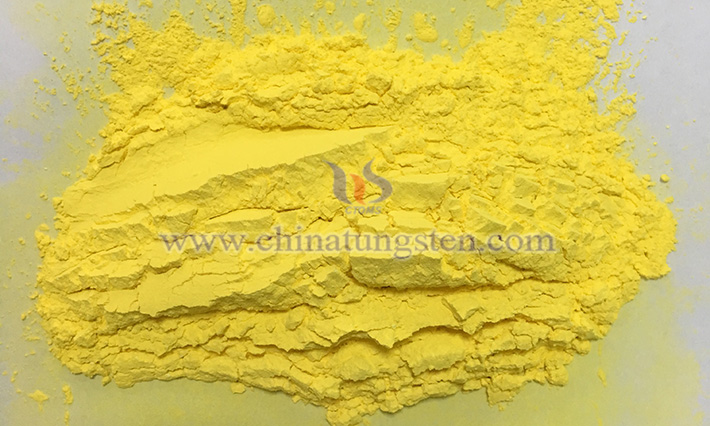
Tungsten oxide is a typical transition metal oxide and a common tungsten compound. Its chemical formula is usually expressed as WO₃, but in practical applications, due to the existence of oxygen vacancy, its chemical composition may deviate from the ideal stoichiometric ratio, so it is often expressed as WO₃₋ₓ (where x is between 0 and 1). This oxygen vacancy phenomenon causes tungsten to be pentavalent or tetravalent in tungsten oxide, further enriching its physical and chemical properties.
Read more: Tungsten Oxide: Opening a New Era of Energy-Saving in Smart Building
Tungsten Oxide: Green Hope for Photocatalytic Degradation of Organic Pollutants
- Details
- Category: Tungsten Information
- Published on Saturday, 22 February 2025 10:56
- Written by Xiaoting
- Hits: 334
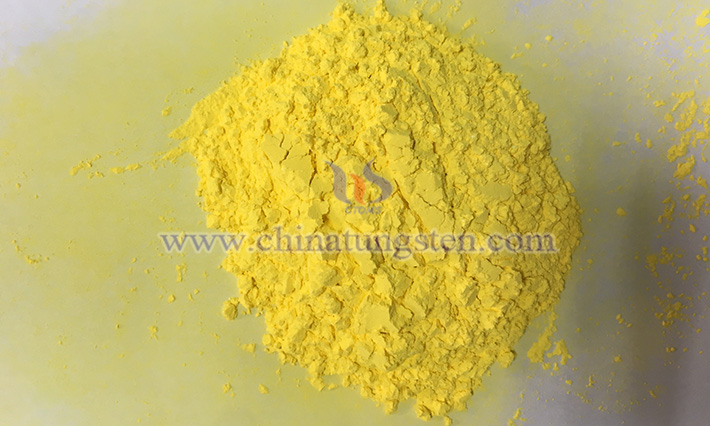
In the context of increasing environmental awareness today, how to efficiently degrade organic pollutants has become an important topic in the field of scientific research. Tungsten oxide (WO₃-x), as an emerging photocatalytic material, is gradually emerging in this field and has attracted the attention of many researchers. Its emergence has brought new hope and possibilities for solving the problem of organic pollutants.
Read more: Tungsten Oxide: Green Hope for Photocatalytic Degradation of Organic Pollutants
Tungsten Filament: Pivotal Role in Vacuum Technology
- Details
- Category: Tungsten Information
- Published on Friday, 21 February 2025 18:57
- Written by Zhenghua
- Hits: 349
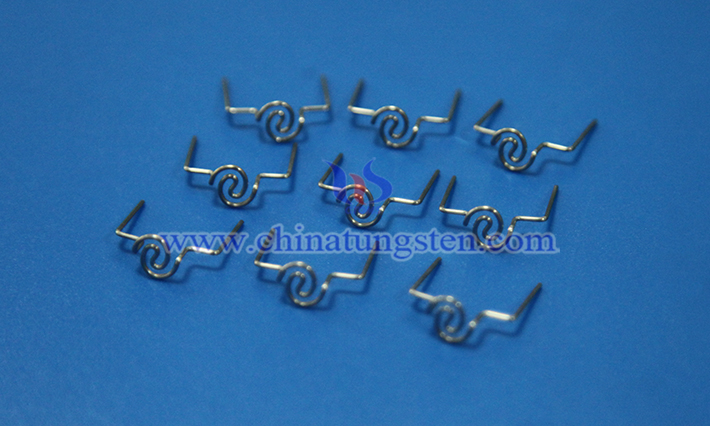
Tungsten filament, as a metallic material with high melting point, high hardness, and excellent electrical and thermal conductivity, demonstrates unique application value in multiple fields. Besides its well-known use in the bulb manufacturing industry, tungsten filament also plays a pivotal role in vacuum technology.
Read more: Tungsten Filament: Pivotal Role in Vacuum Technology
What Is the Optical Property of Tungsten Disulfide Nanosheet?
- Details
- Category: Tungsten Information
- Published on Saturday, 22 February 2025 10:50
- Written by Xiaoting
- Hits: 316
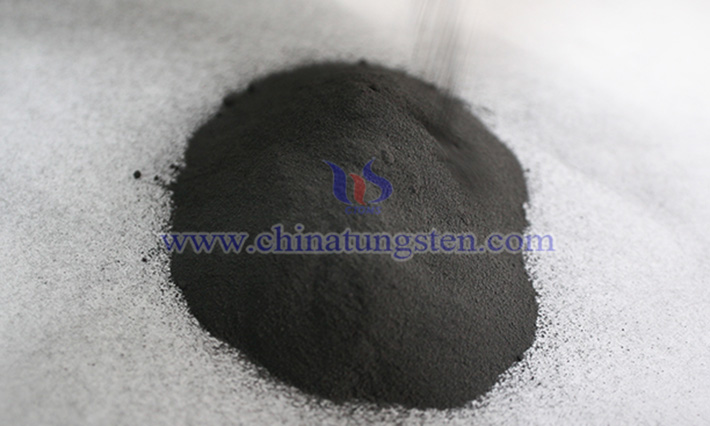
As a highly anticipated transition metal dichalcogenide (TMDC) material, tungsten disulfide nanosheet (WS₂ nanosheet) exhibits a series of excellent optical property due to its unique layered structure and is widely used in the manufacture of high-performance devices such as photodetectors, solar cells and optical sensors.
Read more: What Is the Optical Property of Tungsten Disulfide Nanosheet?
Tungsten Filament: Evolution and Innovations in Lighting Technology
- Details
- Category: Tungsten Information
- Published on Friday, 21 February 2025 18:54
- Written by Zhenghua
- Hits: 359
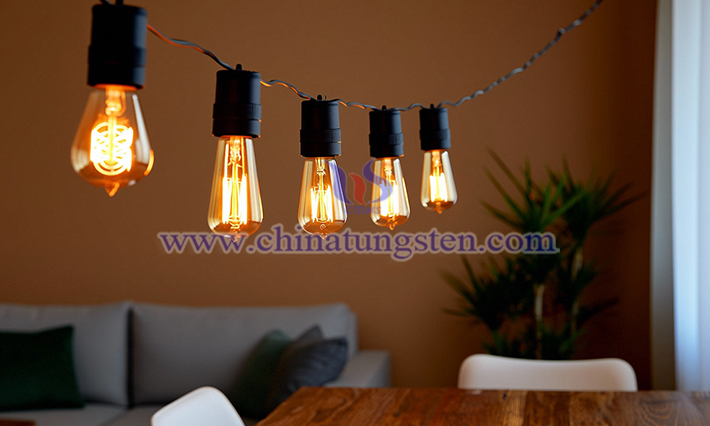
In the human journey of exploring illumination, tungsten filament, as one of the core materials in lighting technology, has played a crucial role. From the initial incandescent bulbs to modern high-efficiency tungsten-halogen lamps, tungsten filament, with its unique physical and chemical properties, has led multiple innovations in lighting technology, bringing unprecedented convenience and comfort to people's lives.
Read more: Tungsten Filament: Evolution and Innovations in Lighting Technology





 sales@chinatungsten.com
sales@chinatungsten.com